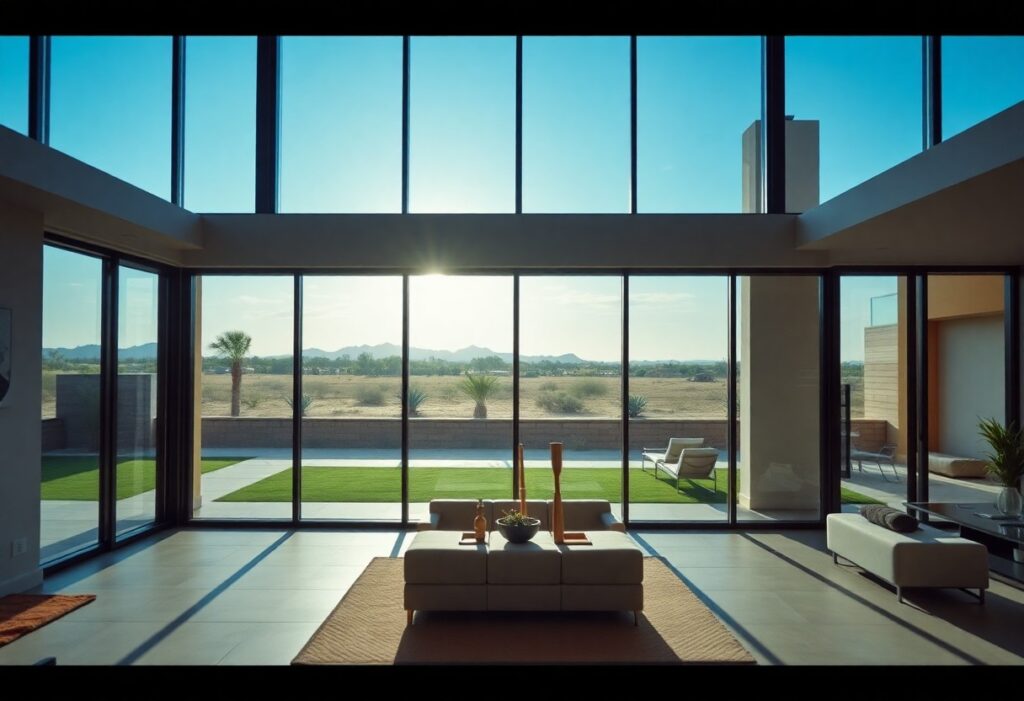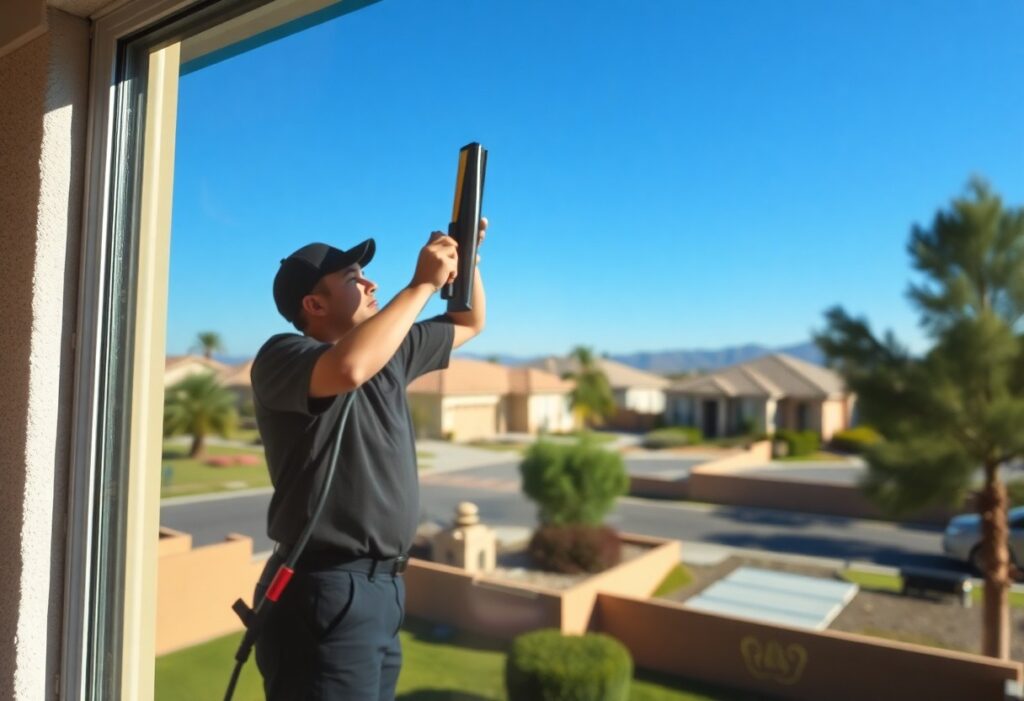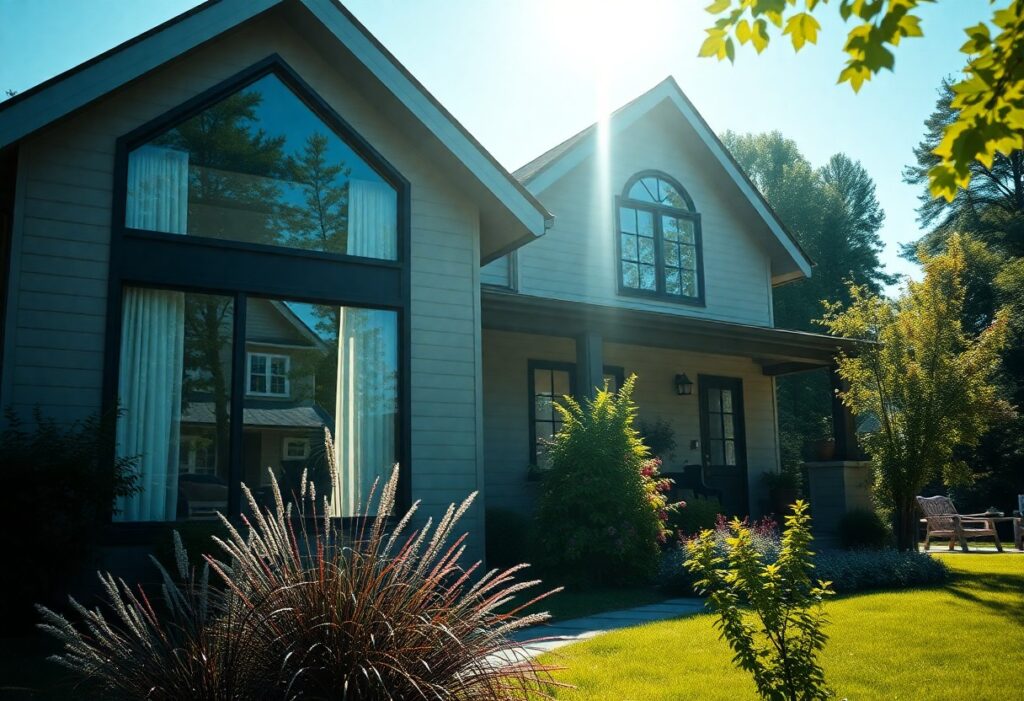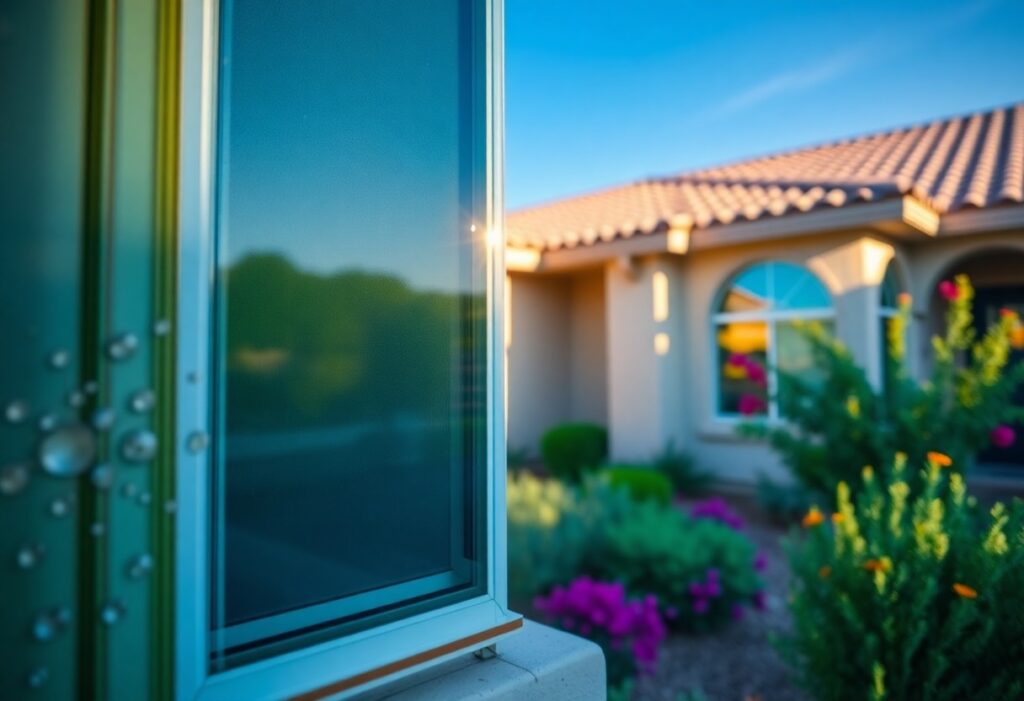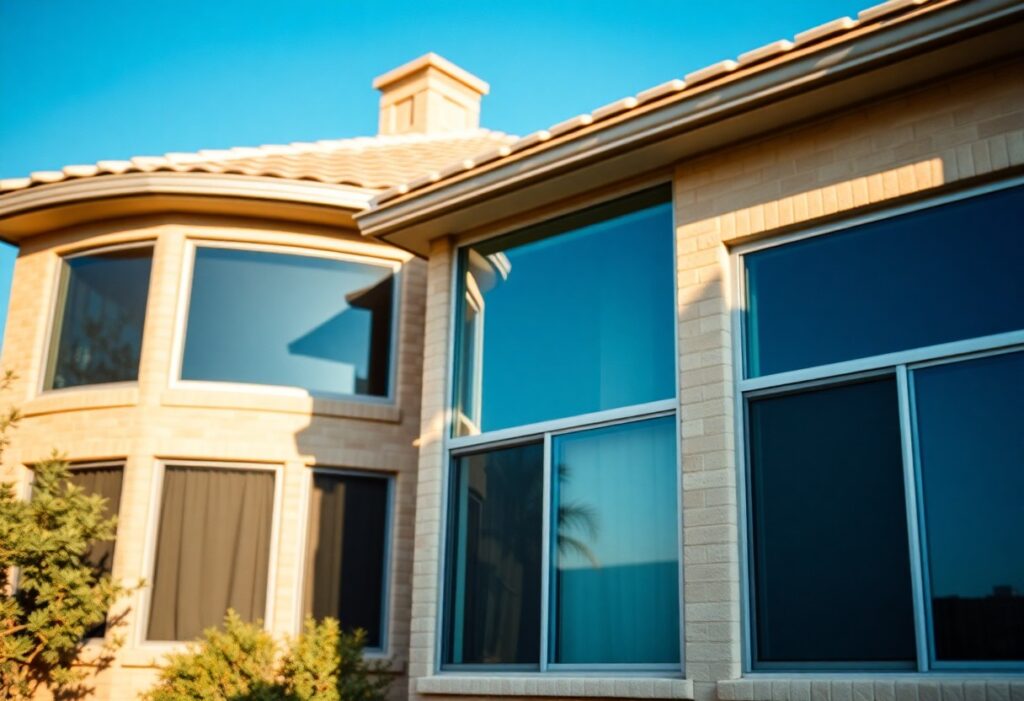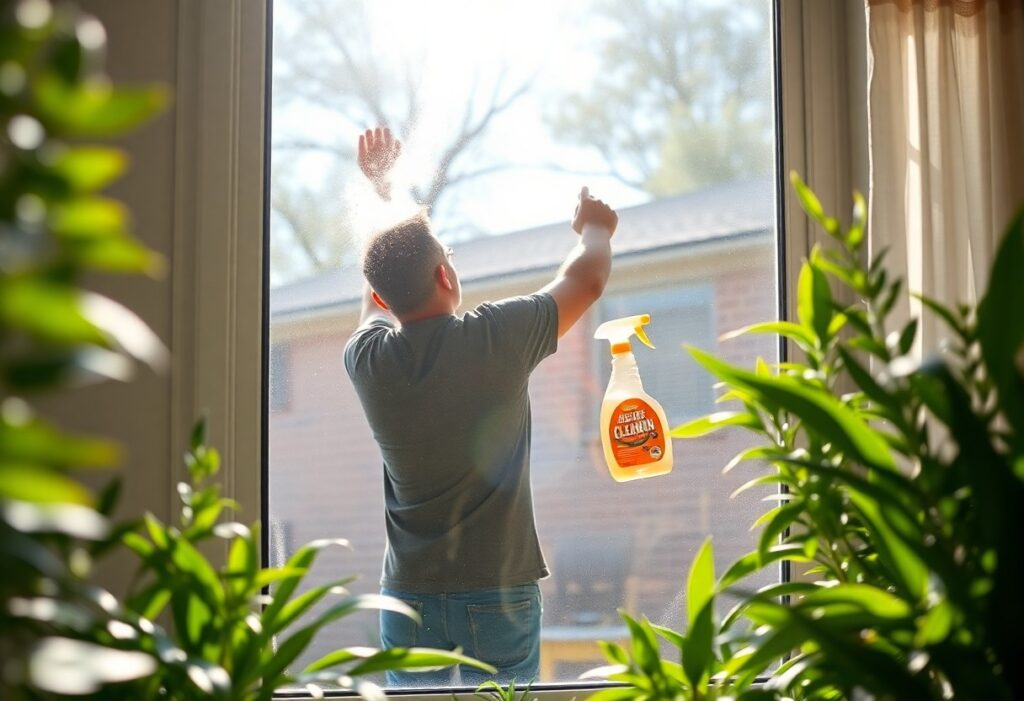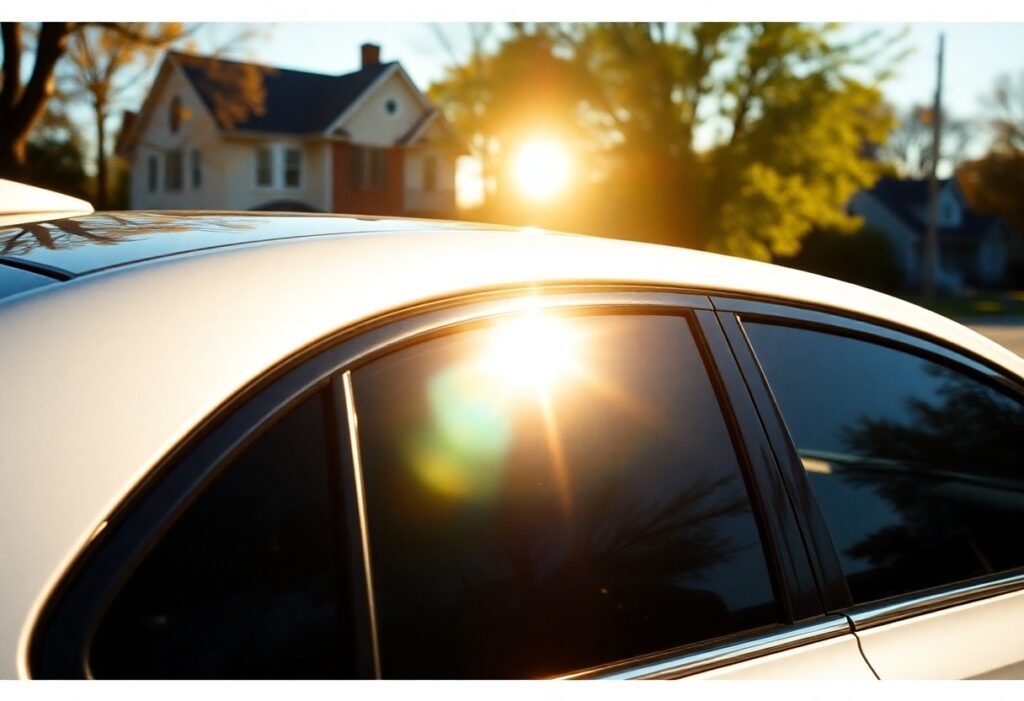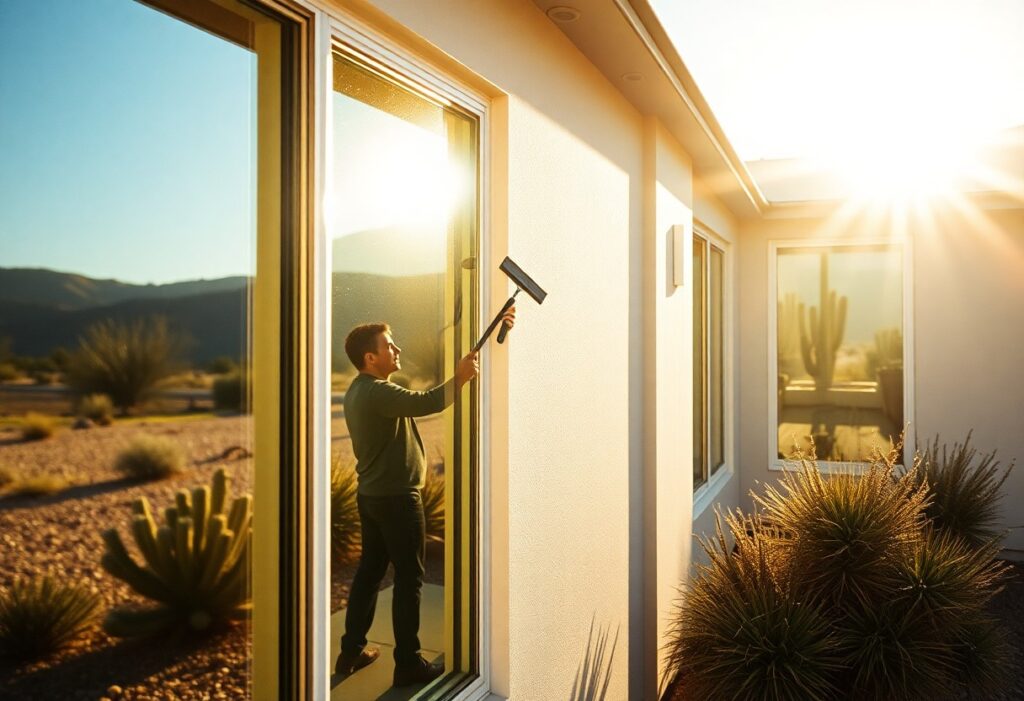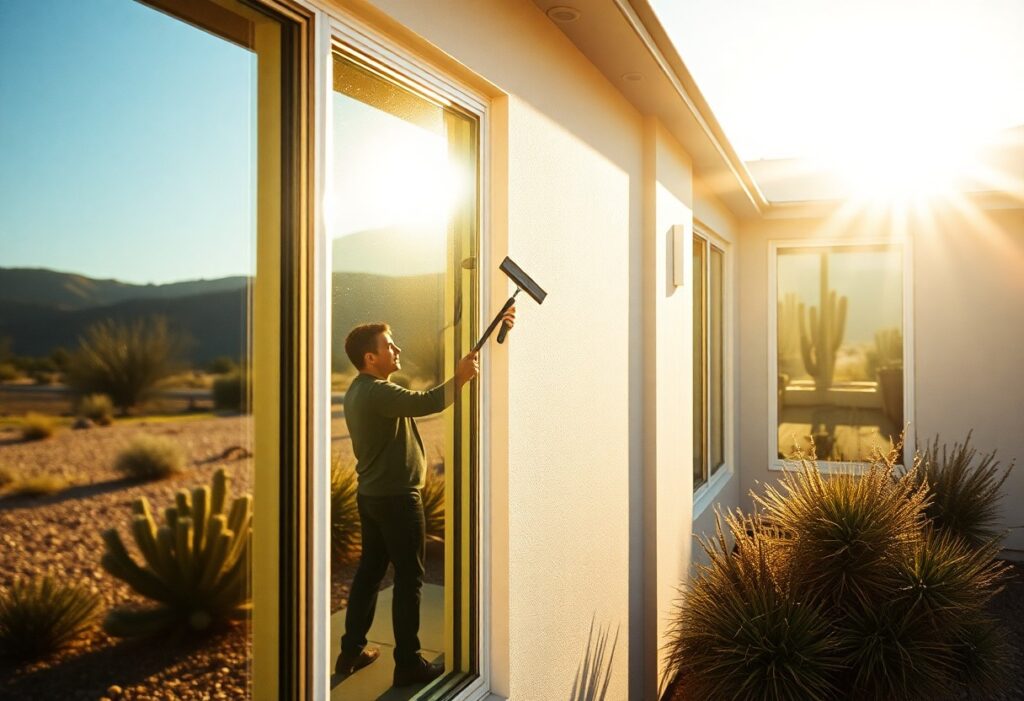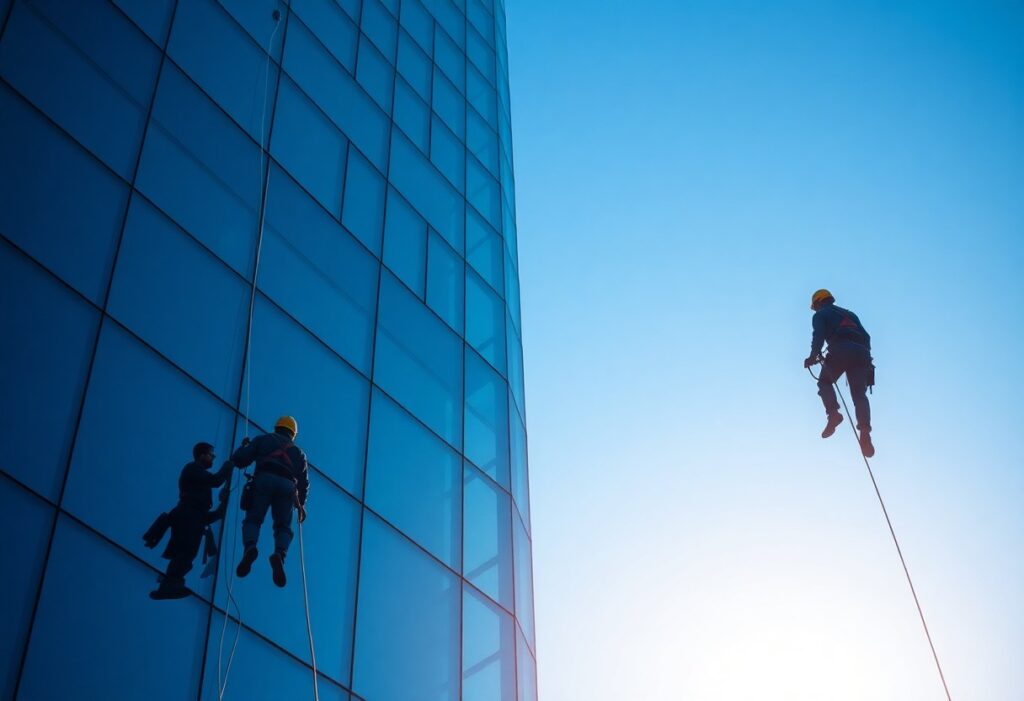Top Benefits Of Residential Window Tinting In Maricopa County – Enhance Comfort And Style
Over time, you may have noticed the discomfort of excessive heat and glare in your home, particularly in the sunny climate of Maricopa County. Residential window tinting presents a practical solution that can significantly enhance your home’s comfort and aesthetic appeal. This blog post explores the key benefits of window tinting, from improved energy efficiency and privacy to reduced UV exposure and increased style. Discover how these advantages can transform your living environment and elevate your home’s value. Increased Energy Efficiency While residential window tinting in Maricopa County offers a stylish upgrade, it significantly enhances your home’s energy efficiency. By reducing heat transfer through your windows, tinted films help maintain a stable indoor temperature, making your living spaces more comfortable. This improvement not only creates a more enjoyable environment but also helps you save on energy consumption throughout the year. Reduced Heat Gain Below the surface, window tinting works by reflecting and absorbing the sun’s rays, effectively reducing heat gain in your home. This means your air conditioning system won’t have to work as hard to cool down your living space, leading to a more consistent temperature year-round. Lower Energy Bills Bills can add up quickly, especially during the scorching summer months in Maricopa County. With reduced heat gain from residential window tinting, your energy bills may decrease as your air conditioning unit won’t have to run as frequently or intensely. It is beneficial for you to consider that by investing in window tinting, you’re not just enhancing your home’s aesthetic but also pocketing savings on your energy bills. As your air conditioning runs more efficiently, the demand for power decreases, directly impacting your monthly utility costs. Over time, these savings can accumulate, making window tinting a smart financial decision for long-term energy conservation. UV Protection Even as you enjoy the beautiful sunny days in Maricopa County, harmful UV rays can infiltrate your home. Residential window tinting significantly reduces UV radiation exposure, effectively blocking up to 99% of these harmful rays. This not only protects your skin but also helps to maintain a comfortable indoor environment, allowing you to enjoy natural light without compromise. Skin Health Benefits Against the backdrop of idyllic sunshine, you may overlook the detrimental effects of UV radiation on your skin. Window tinting acts as a barrier, reducing your risk of skin damage and premature aging. By investing in residential window tinting, you can safeguard your skin while still enjoying the natural light inside your home. Interior Preservation Above all, UV rays can cause significant wear and tear on your home’s interiors, leading to faded furniture, rugs, and artwork. Residential window tinting helps to mitigate this damage by filtering out harmful rays, allowing you to preserve the vibrancy and integrity of your cherished belongings. To further illustrate the importance of interior preservation, consider how sunlight can deteriorate your home’s aesthetics and value. By reducing UV exposure, window tinting helps you maintain the richness of your interior colors and textures, extending the lifespan of your furnishings. This not only enhances your living space but also aids in retaining your home’s overall property value, making tinting a smart investment for your future. Enhanced Privacy Despite the beauty of your surroundings, unwanted eyes can often intrude on your personal space. Residential window tinting offers a practical solution by enhancing your privacy without sacrificing natural light. You can enjoy your home in peace, feeling secure knowing that your daily activities are shielded from prying eyes outside, making your living environment more comfortable and intimate. Daytime Privacy By opting for window tinting, you can achieve significant daytime privacy, allowing you to carry out your daily activities without fear of being observed. The reflective nature of tinted windows helps obscure the view from outside, giving you a sense of seclusion while still letting in enjoyable sunlight. This effect is especially beneficial during bright days when visibility from outside is greatly reduced. Nighttime Considerations The benefits of tinted windows extend to nighttime privacy as well, but it’s important to be mindful of how they perform in low-light conditions. While tinted windows effectively block prying eyes during the day, they offer less privacy after sunset. Homeowners may find that when the interior is well-lit, it becomes easier for others to see inside. Another aspect to consider for nighttime privacy is the placement of your windows and indoor lighting. To maintain your privacy after dark, you might want to use curtains or blinds in conjunction with your window tint. This way, you can maintain a cozy ambiance and safeguard your privacy even when the lights are on. You can strike a balance between enjoying the view and ensuring that your home remains a comfortable retreat from the outside world. Aesthetic Appeal Once again, window tinting is not just about functionality; it also enhances the aesthetic appeal of your home. By adding a sleek, modern touch, tinted windows elevate your home’s overall look and help create a more cohesive exterior. Whether you prefer a subtle or dramatic change, the right tint can integrate seamlessly with your exterior design, making your home stand out while maintaining your unique style. Variety of Styles Along with practical benefits, window tinting offers a variety of styles to fit your personal taste. From reflective options that provide ample privacy to decorative tints that add an artistic flair, you can choose from numerous designs. This selection allows you to personalize your home to reflect your unique taste while elevating its overall appearance. Increased Property Value Below, you will discover that window tinting not only enhances aesthetics but can also contribute to increased property value. Homebuyers often appreciate modern updates and energy-efficient features, and well-chosen window tinting can be a key factor in making your property more appealing. Variety offers numerous benefits for increasing your property’s value when it comes to window tinting. Potential buyers are drawn to homes that present an updated appearance and improved energy efficiency. Quality window tints can protect furniture and interiors from sun damage, which is an

